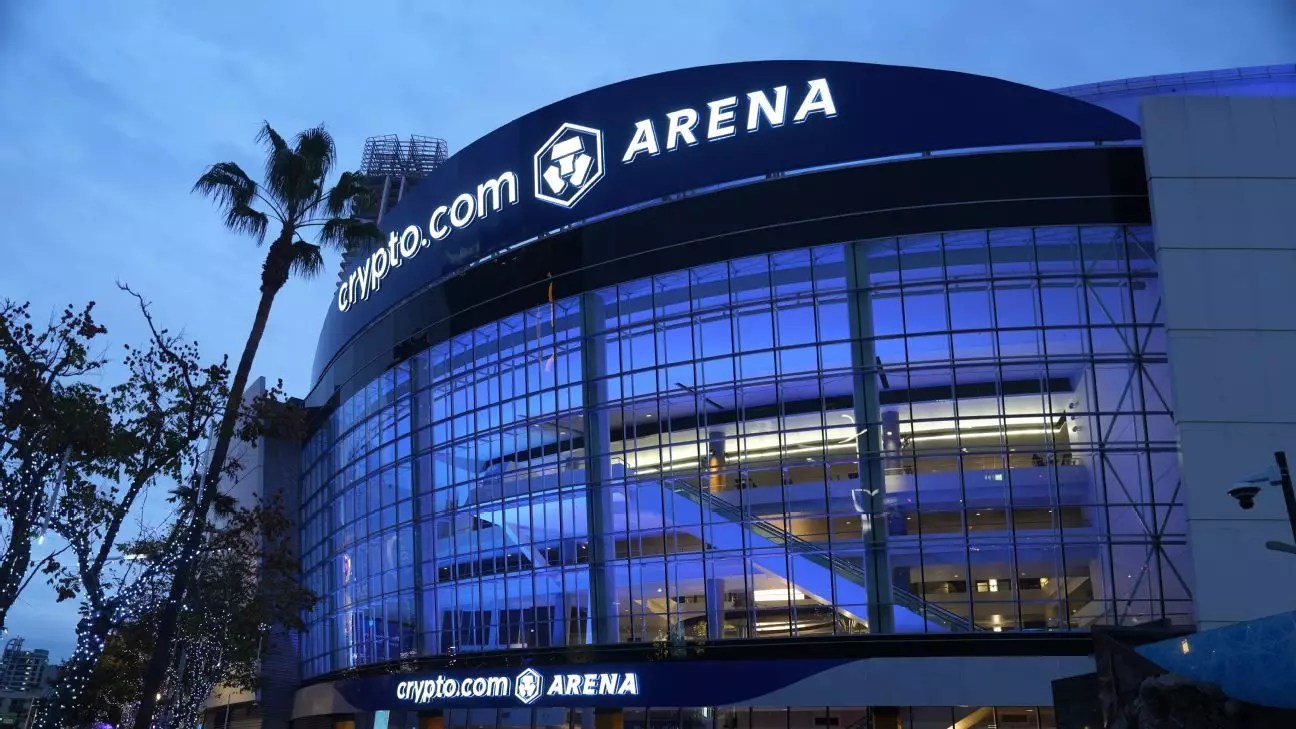Home field or home court advantages are quintessential elements of competitive sports that can significantly influence the outcome of games. The psychological and environmental benefits associated with familiar settings cannot be overstated. Playing in front of supportive fans and within the comfort of known territory often serves as a catalyst for athletes to perform at their peak. This discussion further explores how major North American cities maximize these advantages by hosting multiple professional sports teams in shared venues.
Athletes thrive on the support of their home crowd. The electric atmosphere created by loyal fans can propel teams to victory, providing not only motivation but also a distinct psychological edge. Familiarity with the venue can also inform strategic advantages; players know the quirks of their home turf, from the bounce of the ball to the dimensions of the playing area. This comfort can foster confidence, allowing athletes to focus solely on their performance rather than on the potential distractions that come from being on the road.
In several prominent cities across North America, sports franchises from different leagues share arenas and stadiums, amplifying the home advantage while showcasing the versatility of these venues. For example, at the American Airlines Center in Dallas, the Dallas Mavericks (NBA) and the Dallas Stars (NHL) both make their home. This sharing of space not only maximizes usage but also breeds a unique sporting culture in the area, allowing fans to rally behind multiple teams under one roof.
Another noteworthy example is America First Field in Sandy, Utah, where Real Salt Lake (MLS) and the Utah Royals FC (NWSL) coexist. The shared facility promotes a community spirit among fans, fostering cross-support for both soccer clubs. By aligning their seasons to create a rhythm for attendance, these teams enhance fan engagement while amplifying local pride—an essential aspect of the sporting experience.
The synergistic relationship between multiple teams and their shared venues also presents economic advantages. These facilities become bustling hubs of activity, generating revenue not only from game day sales but also from concerts and events held between seasons. The local economy thrives as restaurants, hotels, and shops benefit from the influx of fans attending games. This multifaceted utilization of venues plays a critical role in community development, enhancing local culture and cohesion among diverse groups of sports enthusiasts.
As competitive sports continue to evolve, the emphasis on home-court and home-field advantages remains a constant. The shared venues approach represents an intelligent strategy that not only supports multiple professional teams but also enriches the fan experience. By fostering a sense of community and maximizing economic benefits, cities hosting these cooperative facilities can create vibrant sporting cultures. As teams vie for playoff positioning, the importance of playing at home will undoubtedly remain a pivotal factor in their pursuit of excellence.


Leave a Reply